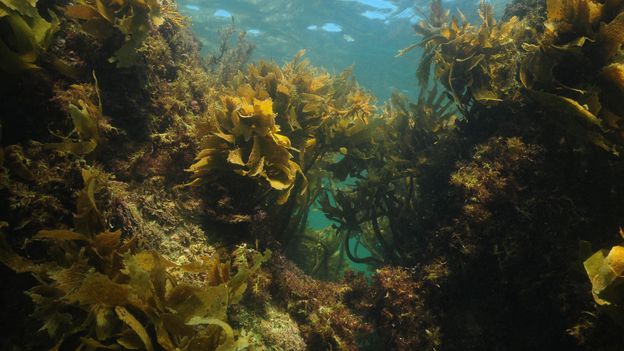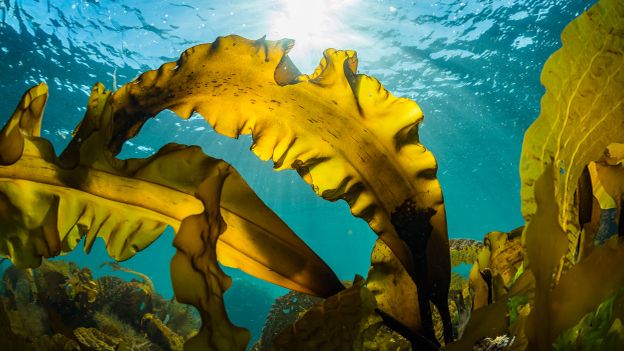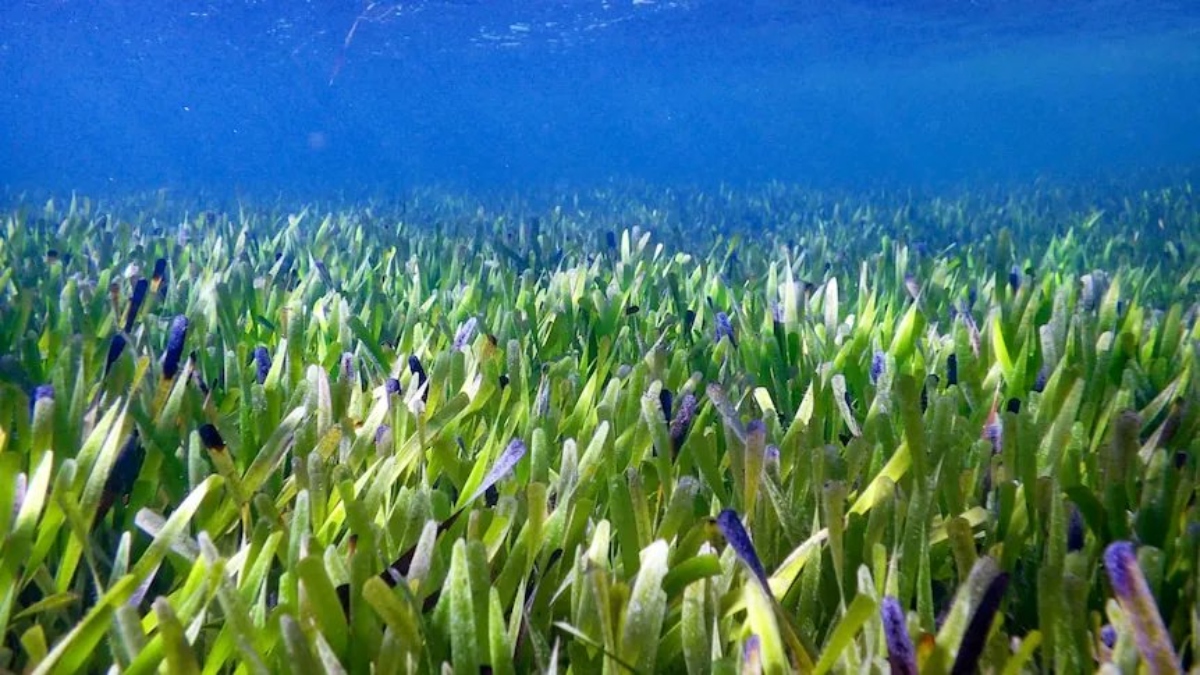
The remarkable power of Australian kelp
BBCThe remarkable power of Australian kelp Getty Images Giant kelp, which washes up on beaches in Tasmanian waters, is one species with immense potential to sink carbon The miraculous power of the humble seaweed Algae is a powerhouse for the climate, sending carbon to the seafloor and deacidifying oceans. Globally, seaweeds are thought to sequester nearly 200 million tonnes of CO2 every year – as much as New York State's annual emissions "If we used the infrastructure we have in the ocean and created seaweed islands, we would actually eliminate a lot of the climate change issues we have today," says Winberg. Forty-eight million sq km of the world's oceans are suitable for seaweed cultivation – an area about six times the size of Australia Kelp is one of the most commonly farmed types of seaweed. Getty Images While natural kelp forests are declining due to warming and acidifying oceans, cultivation of seaweed has boomed Froelich is the lead author of a study that found farming seaweed in just 3.8% of federal waters off the Californian coast could offset all the carbon emissions from the state's $50bn agriculture industry. Winberg's farm in Shoalhaven, New South Wales, uses carbon emissions generated at a wheat refinery next door to grow large quantities of seaweed biomass.
History of this topic
Giant kelp forests on Tasman Peninsula survive marine heatwave, brings 'hope' amid climate change
ABC
Can British seaweed farms bloom?
Hindustan Times
The promise of kelp-powered flight
BBC
Ocean Farming: Seaweed Is Having Its Moment In the Sun
New York Times
New variety of kelp gives farmers' profits a boost
China DailyDiscover Related





























)